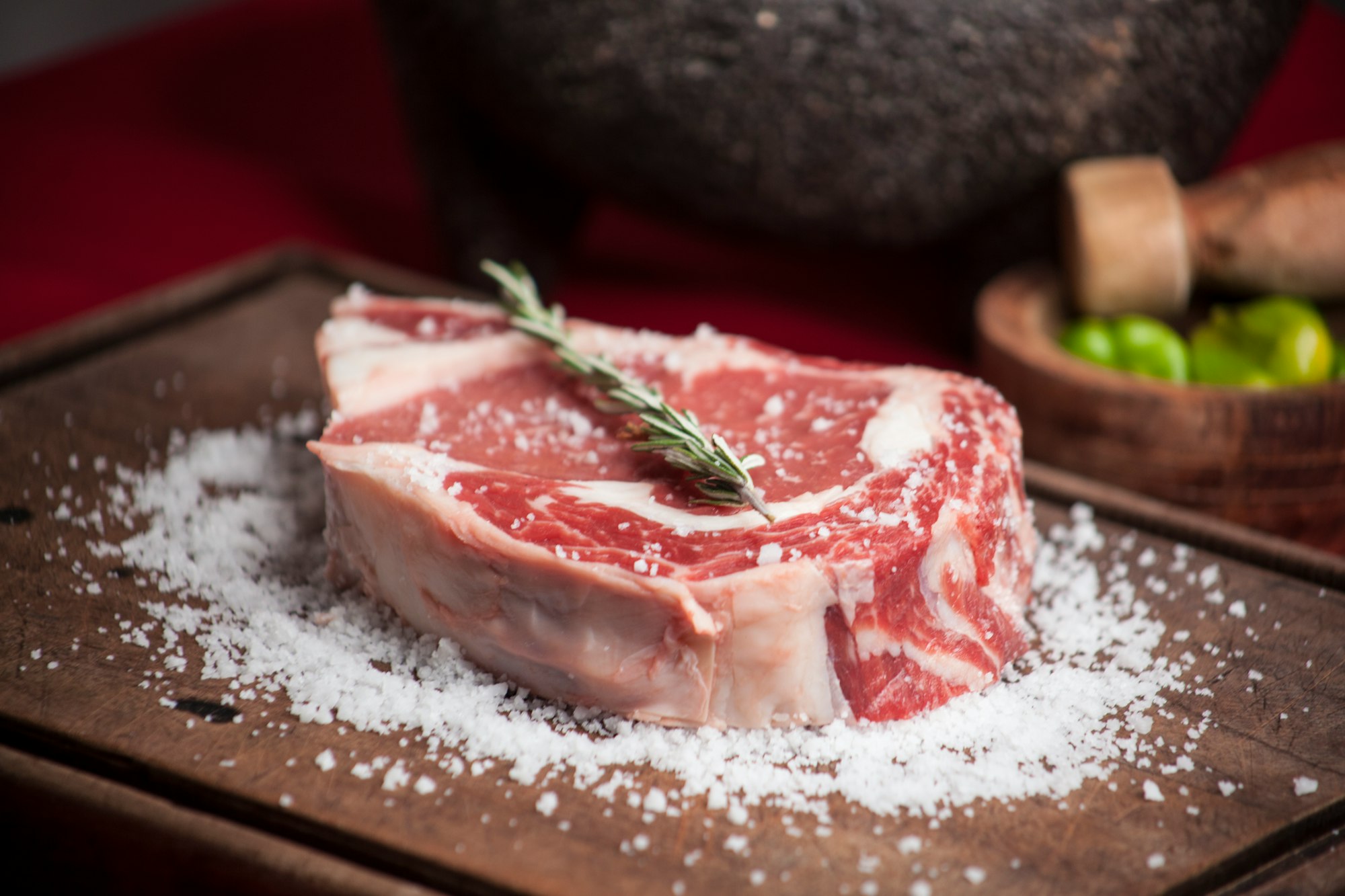Successful carnivore backpacking requires strategic planning. Bringing portions of high-protein, high-fat foods like pemmican and jerky for calorie-dense, lightweight choices. Hard cheeses and packets of chicken or fish provide essential nutrients but take into account LNT and waste management. Please note that bear canisters aren't discretionary—they're mandatory in many areas check before starting trail.
I tend to consume higher-risk foods early to avoid trail disasters. Start at least a month in advance for your adaptation to the diet, the longer the better to prevent energy issues mid-hike.

The wilderness doesn't care about your dietary preferences, but proper preparation makes carnivore trekking entirely possible.
While most hikers stuff their packs with granola bars and dehydrated noodles, a growing number of outdoor enthusiasts, including myself, are hitting the trails with nothing but electrolytes and maybe some animal products. These carnivore dieters face unique challenges on multi-day treks.
No oatmeal. No trail mix. Just meat, cheese, and more meat. Focused and full of stored body fat when in ketosis a backpacker is a powerhouse of energy.
Planning is vital to enjoyment. Successful carnivore backpackers will calculate their daily needs based on activity level, packing up to 2 pounds of food per person daily. A huge benefit of ketosis is being able to use all your body fat for consistent energy. Many will repackage and possibly vacuum seal individual portions to maximize freshness, but each person adapts to their requirements.
The food options on carnivore aren't as limited as you might think. Pemmican, a traditional high-fat and protein food, provides dense energy in a very light and compact form. Jerky also offers a simple and lightweight protein for the trail. I love to eat flavored chicken and fish packets which can deliver essential omega-3s but also the penalty of carrying trash out so pack a trash ziplock. Another good option is to bring hard cheeses as they last surprisingly long on the trail. Lastly, many carnivore hikers add bone broth powder for electrolytes or other electrolytes.
When your on a ketogenic diet you retain less fluid and so you retain less electrolytes. So you must consume them more to help maintain homeostasis.

Energy management on trail also looks different without carbs. You have to consume high-fat foods alongside body fat for sustained energy all day. Unline the traditional smaller frequent meals that many others will require on trail a carnivore finds them uneccesary.
Clear urine is your gold standard for beging properly hydrated. Not yellow, not amber. Clear.
Adaptation is the name of the game. Smart carnivore hikers adjust to the diet months prior to hitting the trail. The infamous "keto flu" hits doubly hard when you need to exert high energy use. Increased fat intake and electrolytes helps to counter low energy. Electrolyte solutions become trail essentials.
Resupply requires strategy. Trail towns rarely cater to the carnivore crowd. Mail drops with specialty items bridge the gap. Grocery stores can provide fresh meat and cheese opportunities.
Flexibility becomes essential when choices are limited.
The carnivore backpacking approach isn't for everyone. It requires careful planning, precise food choices and handling, and a willingness to carry heavier animal products where others carry much lighter but far worse nutritional fare. But for committed carnivores, the trail doesn't mean abandoning their dietary principles. Just more jerky.






